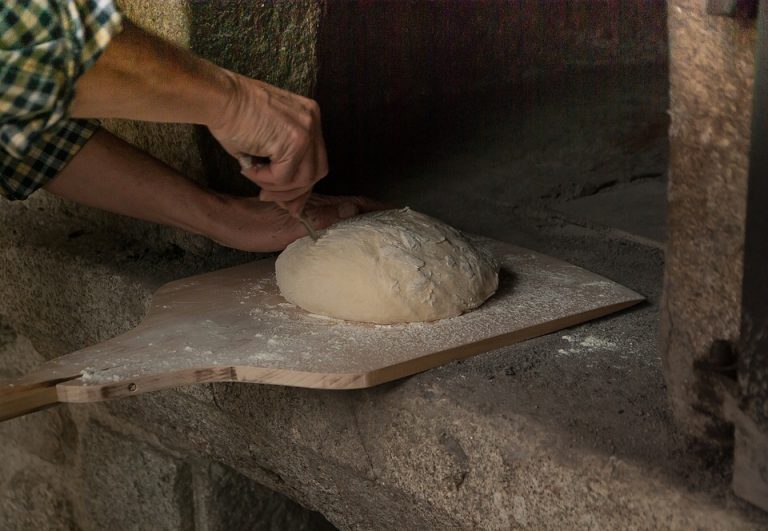
Counting Calories in Your Homemade Bread
As people become more health-conscious, many are taking more of an interest in the nutritional content of the foods they eat. Homemade bread is no exception, and keeping track of the calories in your own baked goods is a great way to stay on top of your overall dietary intake.
While making your own bread at home can be incredibly satisfying, it can also be easy to lose track of the nutritional value of the finished product. Counting the calories in homemade bread can be a bit tricky, but with a few tips and tricks, it can be easily done.
Firstly, it’s important to know that the caloric content of homemade bread will depend on the specific recipe you use. The type and amount of flour, sweeteners, and other ingredients will all affect the final calorie count.
To accurately track the calories in your homemade bread, it’s important to measure out the quantities of each ingredient. This includes flour, sugar or honey, and any fats such as butter or oil. The best way to do this is by using a kitchen scale, as measuring by volume can lead to inaccuracies.
Once you have measured out each ingredient, you can use online nutritional calculators or apps to determine the calorie content of the bread. Some apps even allow you to input your specific recipe and will calculate the nutritional content for you.
Another important factor to consider when counting calories in homemade bread is portion size. A standard serving size for a slice of bread is generally around 1 ounce, which can be easily measured using a kitchen scale. This is important to keep in mind, as it’s easy to go overboard with portion sizes, especially when it comes to delicious homemade bread.
If you’re looking to reduce the calorie content of your homemade bread, there are a few simple substitutions you can make. For example, using whole wheat flour instead of white flour can increase the fiber content and reduce the overall calorie count. You can also try using unsweetened applesauce or mashed bananas as a substitute for some of the fats and sweeteners in your recipe.
In conclusion, counting the calories in your homemade bread is definitely doable with a little bit of effort. By accurately measuring your ingredients and keeping track of portion sizes, you can stay mindful of the nutritional content of your delicious homemade creations. And with a few simple substitutions, you can make your bread even healthier without sacrificing flavor. So next time you bake a loaf of bread, take a few extra minutes to calculate the calories and enjoy your homemade creation with the confidence of knowing exactly what you’re eating.